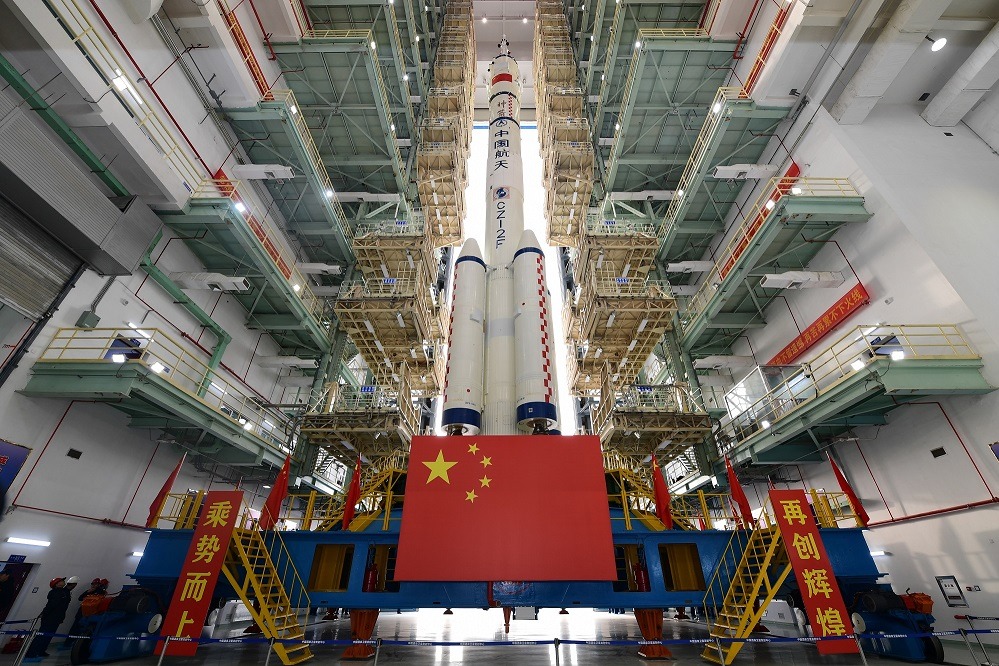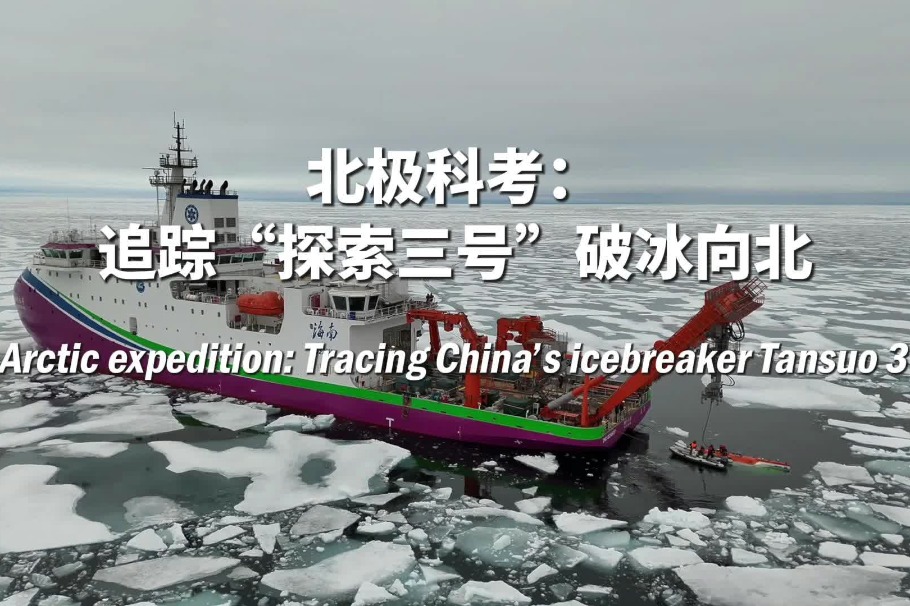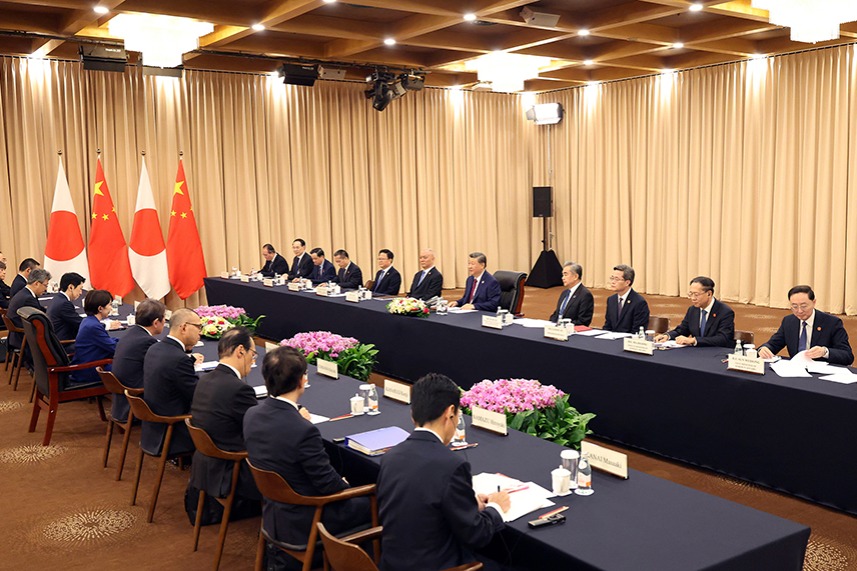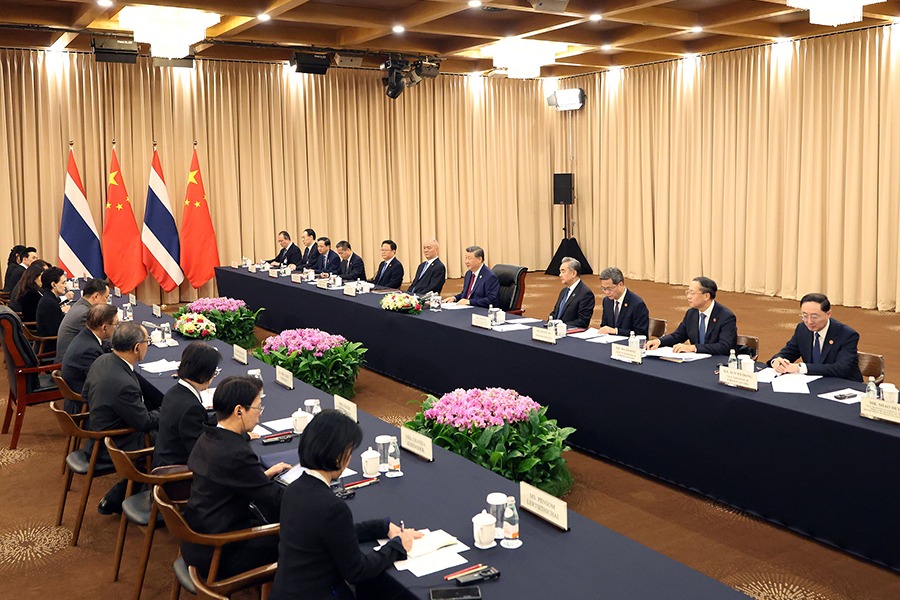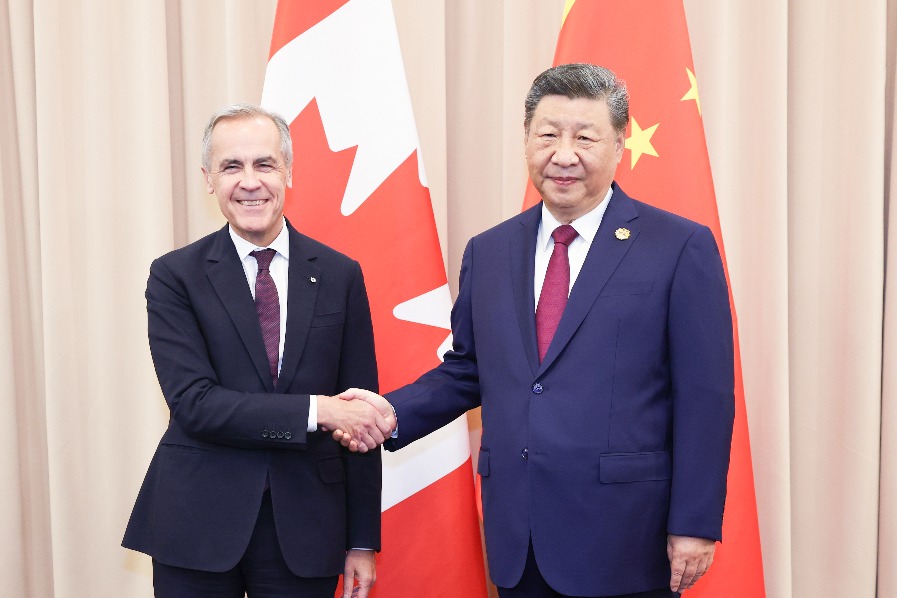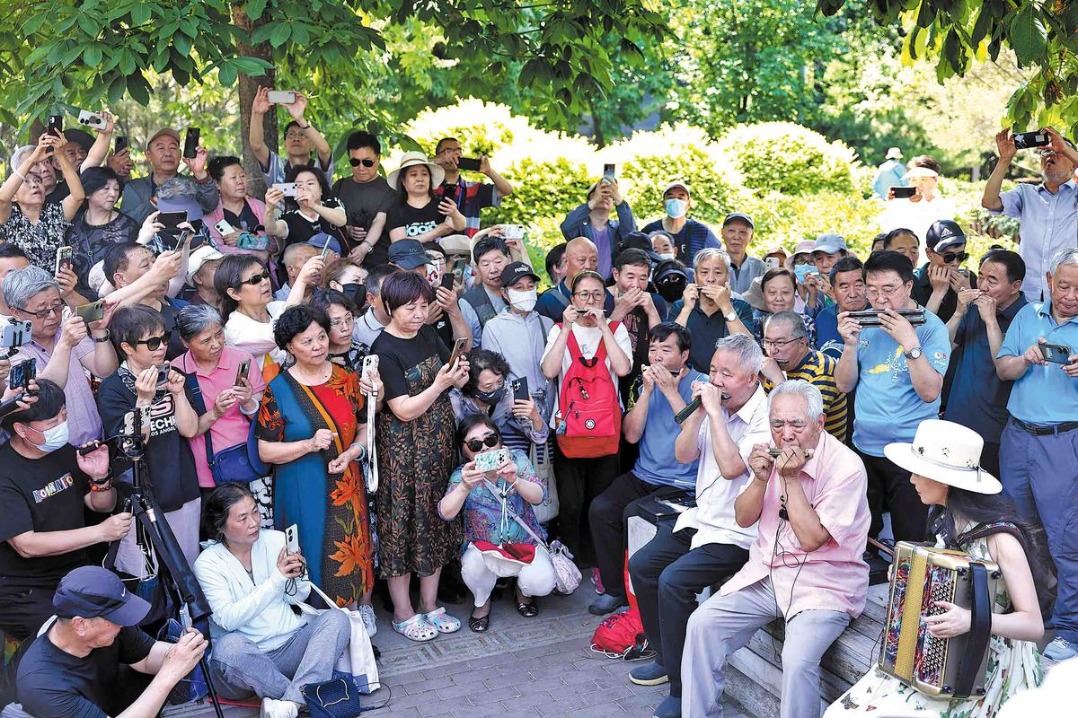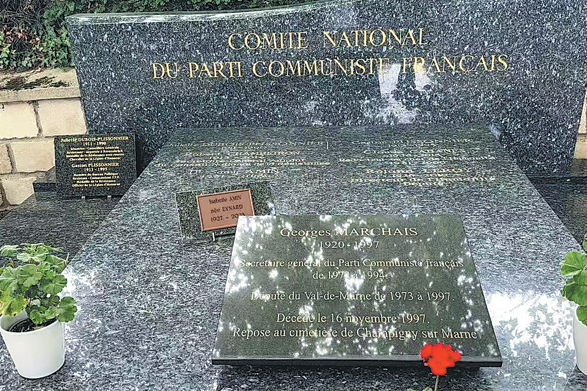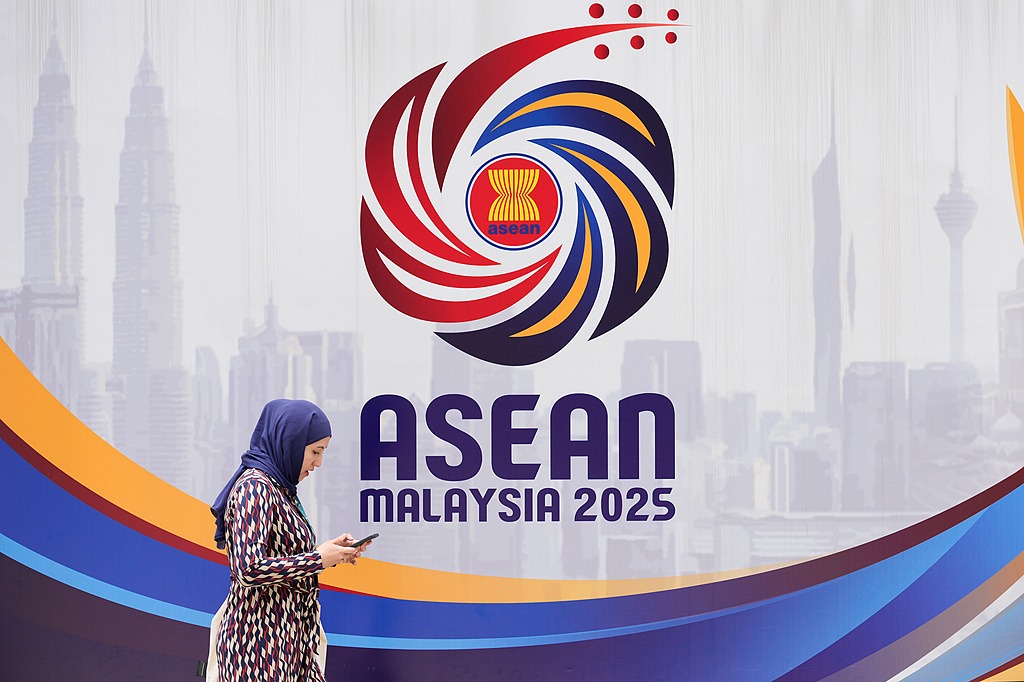Bullying and coercion will not help achieve peace between Cambodia and Thailand

On October 26, witnessed by US President Donald Trump and Malaysia Prime Minister Anwar Ibrahim, Cambodia and Thailand signed a joint declaration on border peace and security. The declaration agreed to take measures such as removing heavy weapons, mitigating negative public sentiment, de-mining, and combating transnational crimes. The statement also reaffirmed their commitment to resolving border disputes through peaceful means and in accordance with international law. However, behind this joint declaration lies the ulterior motive of a major power exerting hegemony and coercion over regional countries. Despite the high-profile self-praise of the US leader, Cambodia and Thailand remain divided over the implementation of the declaration, creating potential risks for the advancement of the peace process.
Participating in and presiding over the signing ceremony of the Cambodia-Thailand peace deal was considered a key condition for the US leader's agreement to attend the ASEAN summit. Given the US' "America First" bias and the disinterest in multilateral diplomacy, some media even speculated that attending the Cambodia-Thailand peace deal signing ceremony might be the US leader's sole purpose for visiting Southeast Asia. US government had delayed confirming whether the US leader would attend the ASEAN summit in order to ensure the focus of the signing ceremony remained exclusively on him. Reports also claimed that the White House specifically requested that Chinese officials not attend the ceremony. In the end, the US leader delivered a lengthy speech at the signing ceremony as he requested. With the exception of Malaysia, all other countries involved in mediating the situation in recent months were excluded from the ceremony.
The US' hegemonic behavior is also reflected in its forced linking of tariffs to the Cambodia-Thailand peace process. The Cambodia-Thailand border dispute and the US trade structures are two completely separate issues. Yet, during the course of its mediation, the United States threatens both sides of the disputes with tariffs, openly declares that if they don't ceasefire, they won't be able to negotiate tariffs with the United States (at that time both Cambodia and Thailand faced 36 percent tariffs). Objectively speaking, since both Cambodia and Thailand are highly dependent on foreign trade, they do have an incentive to lift these punitive tariffs by completing a peace deal. However, such a deal would likely to be a stopgap measure, address the symptoms rather than the root cause of the conflict. Furthermore, since tariff figures are almost entirely determined by the US government, we can't rule out the possibility that the tariff negotiations with Malaysia and other countries were also used as leverage to secure the signing of this deal. Clearly, the US government's current foreign policy has increased the complexity of the geopolitics and will bring negative impact to the regional countries' domestic politics.
Surprisingly, such a political show fueled by hegemonic tactics was widely publicized by the US government. In a White House statement, the Cambodia-Thailand declaration was hailed as a "historic peace declaration", credited with "ending border tensions between Thailand and Cambodia". However, the dispute between Cambodia and Thailand is rooted in historical grievances, with complex political and economic causes. Resolving the issue once and for all with a single declaration is likely to be a wishful thinking of the US its own. Furthermore, at the signing ceremony, the US leader even claimed that he gave up playing golf on a nice day in order to call and mediate with Cambodia and Thailand, attempted to emphasize the importance of the peace deal. However, such a joke is clearly inappropriate under the serious atmosphere, raising questions about whether his participation in the peace deal signing ceremony stemmed from concern for the Cambodia-Thailand conflict itself, or from a desire to gain leverage for the midterm election and his personal pursuing of the Nobel Peace Prize.
The effectiveness of the US leader's coercive approach to the Cambodia-Thailand peace process will be assessed by both sides, as well as by regional countries. Right now, regional countries are already widely dissatisfied with the US leader's dramatic performance at the signing ceremony. For example, Malaysian public have been holding protests for days, as the US leader actively meddled in the Cambodia-Thailand peace process while condoning Israel's crimes in Gaza. Furthermore, the theme of this year's ASEAN summit is "Inclusivity and Sustainability", with countries focusing on issues such as green development, digital transformation and industrial upgrading. However, the US leader used tariffs to pressure ASEAN countries to purchase US fossil fuels which runs counter to ASEAN's demands. After a one-day stay in Malaysia, the US leader immediately departed for Japan, raising concerns about whether he truly cares about ASEAN, and whether the US can support the development of regional countries.
The current Cambodia-Thailand peace process has temporarily come to a close with the US leader's departure from Southeast Asia. However, due to the significant differences between the two countries' demands, the struggle between the two sides will continue in the foreseeable future. The "ASEAN Way" should play a key role in the future mediation. The "ASEAN Way", centered on coordination, non-interference, and soft institutionalism, is a method of interaction developed by ASEAN countries through long-term interactions. It is particularly effective in mediating traditional security issues. For both Cambodia and Thailand, the "ASEAN Way" not only can provide a time window to coordinate the interests of various domestic parties, but also keep the two countries on track for peace while preventing further escalation of the conflict.
China continues to play a constructive role in the Cambodia-Thailand peace process. China has always firmly supported ASEAN Centrality through concrete actions, then respect and familiar with the workings of the "ASEAN Way". Indeed, it is precisely on this foundation that China-ASEAN relations have steadily developed to their current unprecedentedly high level. China is traditional friendly neighbor of both Cambodia and Thailand, already played a key role in the peace process. On July 30, an informal trilateral meeting between China, Cambodia and Thailand was held in Shanghai. On August 14, China, Cambodia and Thailand held another tea chat during the Lancang-Mekong Cooperation Foreign Ministers' Meeting and reached an "Anning Consensus". In addition to actively mediating and promoting negotiation, China prioritizes maintaining ASEAN Centrality by holding numerous consultations with Malaysia, which holds the rotating chair of ASEAN this year. China also insists on facilitating rather than dominating the peace process. China's efforts of mediation have been widely recognized. Not only both side of the conflict, but also the ASEAN welcome China's participation in the peace process.
In the long run, the Cambodia-Thailand border issue will not simply be a traditional security issue. It also involves achieving economic development in the border regions of the two countries, fostering mutual cultural respect, and building a transregional governance system. China has already proposed the Global Development Initiative (GDI), the Global Security Initiative (GSI), the Global Civilization Initiative (GCI) and the Global Governance Initiative (GGI). These initiatives align with the inherent philosophy of the "ASEAN Way" and are highly consistent with the demands of both Cambodia and Thailand. For example, the Cambodia-Thailand border conflict reflects the development difficulties faced by both countries. China remains the largest trading partner of both countries steadily. In addition, now China is actively promoting regional connectivity through infrastructure development. Development is the key to all problems, development cooperation between China and both two countries will indirectly contribute to resolving the border issue. In the future, China will continue to participate in the Cambodia-Thailand peace process multi-dimensionally under the condition of respecting the desires of Cambodia and Thailand as well as supporting ASEAN Centrality. China will also work with ASEAN countries to leverage Eastern wisdom in maintaining regional peace and stability, accomplishing common development and prosperity.
Xu Liping, a director of the Chinese Academy of Social Sciences' Center for Southeast Asian Studies.
The views do not necessarily reflect those of China Daily.

















